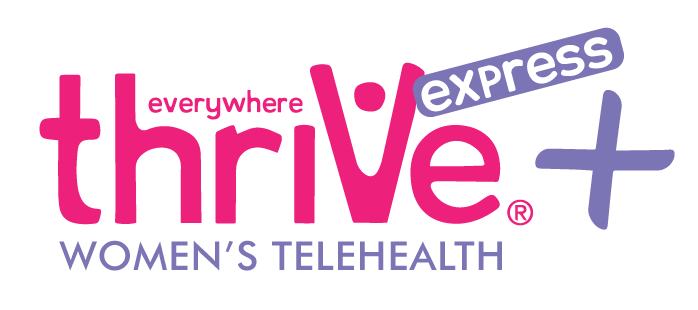Hey ladies, let’s talk about a really important part of your monthly cycle: the luteal phase. This is the time after you ovulate, which is when your body releases an egg, and it lasts until your period starts or until you might become pregnant.
Cleveland Clinic, Luteal Phase
Worried you might be pregnant? I’m glad you found us. You’ve landed in the Nurse’s Corner at ThriVe+, where we answer your questions with medically accurate info. ThriVe+ is a pro-woman center where you’re safe to ask questions. Knowledge is empowering, and we’re here for you., When you have questions about your sexual health, we’ve got your back.
So whether you’re concerned about pregnancy or you’re just looking to learn more about your cycle, you are welcome and safe here. Good on you for empowering yourself with knowledge.
Let’s get down to it.
What happens in the luteal phase?
During the luteal phase, your body is getting ready for a possible pregnancy. Here’s what happens:
1. Ovulation: This is when one of your ovaries releases an egg. It travels down your fallopian tube, and if it meets sperm, it could get fertilized.
2. Corpus Luteum Formation: After the egg is released, a little spot called the corpus luteum forms. It makes hormones like progesterone and estrogen, which help keep the lining of your uterus thick and ready for pregnancy.
3. Uterine Lining Thickens: Thanks to progesterone, the lining of your uterus gets nice and thick. It’s like a cozy cushion for a fertilized egg to stick to and grow into a baby.
4. Hormonal Changes: Hormones, especially progesterone, go up during this time to prepare your body for a possible pregnancy. If you don’t get pregnant, hormone levels drop, and your period starts.
The luteal phase usually lasts about 10-17 days, but it can be different for each person.
Cleveland Clinic, Luteal Phase
How does the luteal phase fit into your cycle as a whole?
I’m glad you asked! Learning more about your cycle and the luteal phase can help you in more than one way. When you’re aware of where you are in your monthly cycle, you can feel more prepared for hormonal changes and menstrual symptoms.
Here are the steps of the menstrual cycle:
Menstruation: Your cycle starts with your period. This is when your body sheds the lining of your uterus because there isn’t a fertilized egg to stick to it. It usually lasts around 3-7 days. Most women experience bleeding as the uterus lining gets expelled. It’s often accompanied by cramping and it can make you feel tired. You might not feel super great during menstruation.
Follicular Phase: After your period ends, your body gears up for ovulation. Your ovaries start preparing eggs for release, and your uterus begins to build up its lining again. Many women feel confident, happy, and feel more of a glow during this phase.
Ovulation: About halfway through your cycle, one of your ovaries releases an egg. This usually happens around day 14 in a 28-day cycle but can vary. This is when you’re most fertile and could get pregnant if you have sex.
Luteal Phase: After the egg is released, the leftover follicle turns into the corpus luteum, which releases hormones to support a potential pregnancy. This phase lasts until your period starts or until you become pregnant.
If Pregnant: If the egg is fertilized by sperm and implants into the uterine lining during the Luteal Phase, a pregnancy begins. Your body starts producing more hormones to support the pregnancy, and your period doesn’t come.
If Not Pregnant: If the egg isn’t fertilized or doesn’t implant, hormone levels drop, and your body starts shedding the uterine lining again. This marks the start of a new cycle, and the process begins again with menstruation.
Mayo Clinic, Fetal Development: The 1st trimester
Mayo Clinic, Ovulation signs
Mayo Clinic, Menstrual cycle: What’s normal, what’s not
Are you worried you might be pregnant?
Please don’t panic — you’re not alone. You have options, and this is your decision. Come see us for a no-cost pre-abortion screening, and we’ll help you get ready for whatever comes next. ThriVe+ is all about empowering you to make the best, informed choice for you.
Understanding your cycle and the luteal phase can help you track when you’re most fertile and likely to become pregnant. But remember, tracking isn’t foolproof. Many women get pregnant while trying to track their cycles to avoid pregnancy. Sperm can live for up to five days inside you. So even if you have sex before you ovulate, you could still get pregnant. The only way to totally avoid pregnancy and STDs is to postpone sex until you’re ready to deal with those things.
Mayo Clinic, How long do sperm live after ejaculation?
At ThriVe+, we’re here to give you the facts about your body and health. We offer no-cost pregnancy tests and pre-abortion screenings. We’re here to help you out, no judgment.






